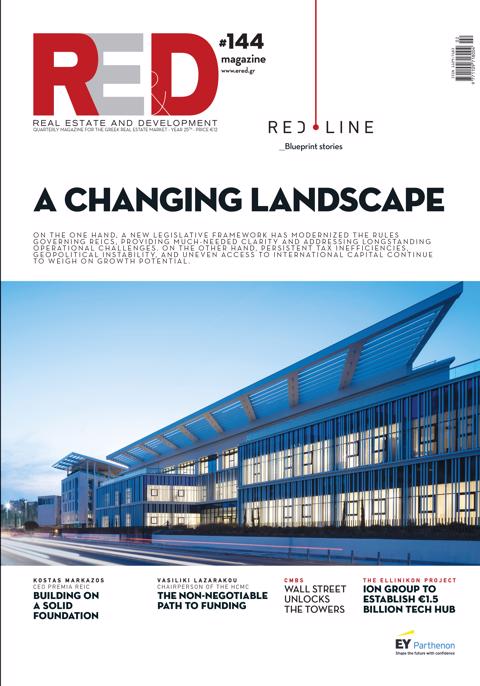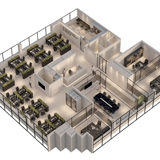According to market analysts, senior living communities currently serve around 5% of the elderly population in Australia, Canada, New Zealand, and the United States. In less developed markets such as Europe, Japan, and the United Kingdom, the percentage of seniors living in purpose-built senior housing is below 1%.
Providing more housing solutions that seniors want, need, and can afford — in a way that is manageable for developers and attractive to investors — is no simple task. However, despite a range of challenges, several long-term opportunities are emerging in the senior housing sector. These include embracing change and investing in innovative solutions.
Each of these opportunities has the potential to improve access to supportive housing for older adults as they age, ultimately enhancing their quality of life.
One of the major achievements of the modern era is the dramatic increase in human longevity. Between 1800 and 2017, the global average life expectancy more than doubled, from 30 to 73 years. Yet, according to research by the McKinsey Health Institute, on average, people spend about 50% of their lives in less-than-optimal health — including roughly 12% in poor health. This extended life expectancy has resulted in some countries now having remarkably high proportions of elderly citizens. In Japan, Italy, and Germany, for instance, individuals aged 65 and over make up 30%, 24%, and 22% of the population, respectively. In China, the proportion is a more modest 14%, but due to its large population, this translates to approximately 198 million seniors.
Globally, around 80% of older adults prefer to age in their own homes, with many only transitioning to senior housing options when absolutely necessary. These preferences are even more pronounced in countries like Nigeria and China, where 90% and 96% of individuals aged 65+ respectively say they want to remain in their own homes as they age.
The major challenge — and opportunity — for the senior housing sector lies in serving the approximately 95% of the global elderly population who are currently aging in place. This means improving the suitability of existing homes while also modernizing the industry. Digital transformation in the sector can empower operators to build recognizable brands associated with high levels of service and care.















